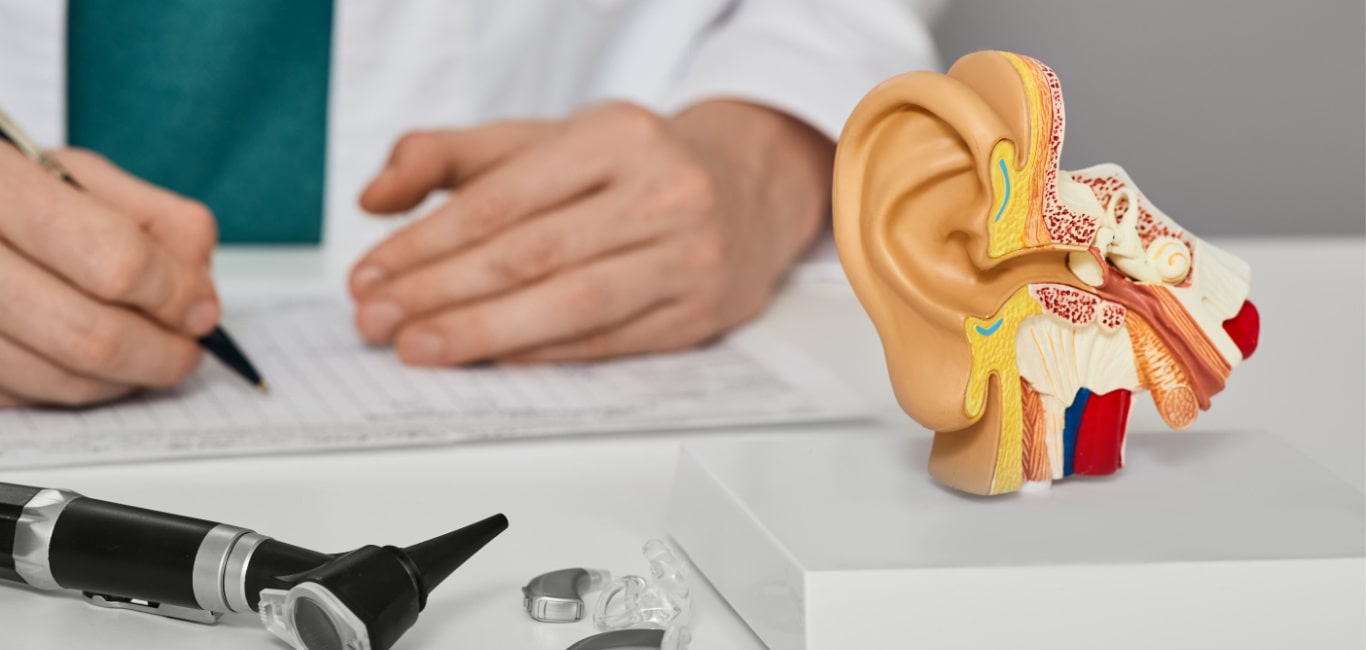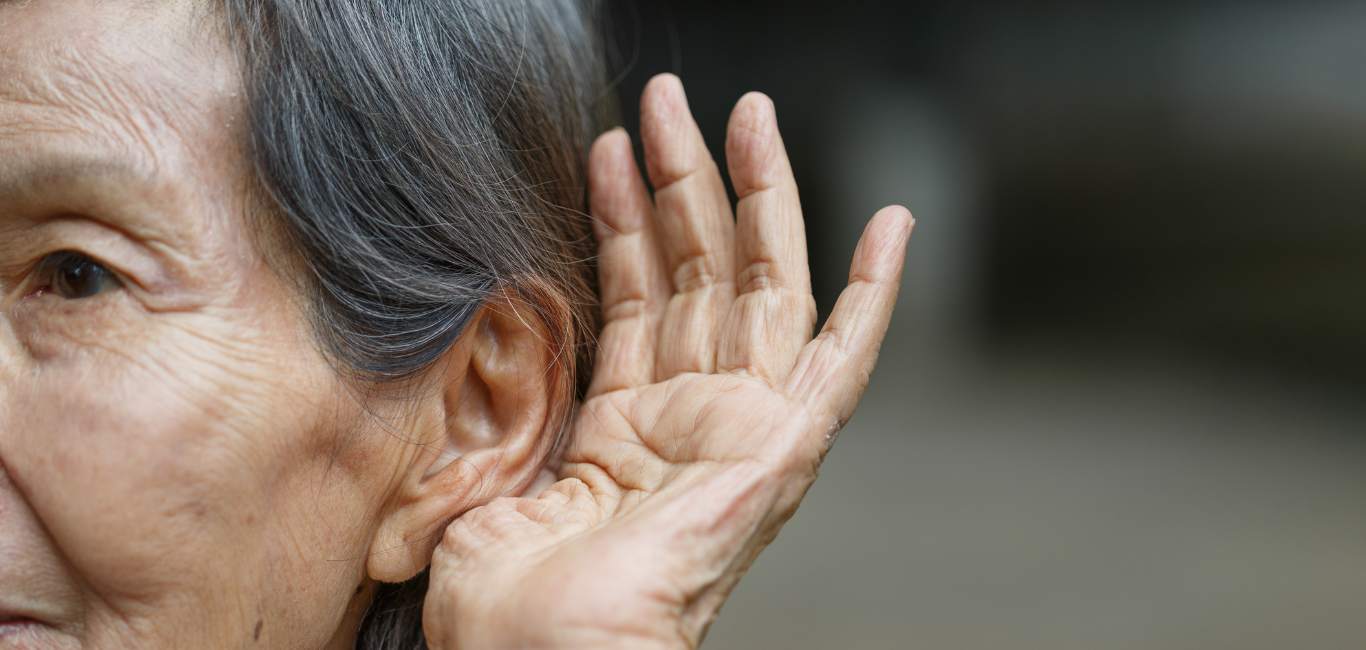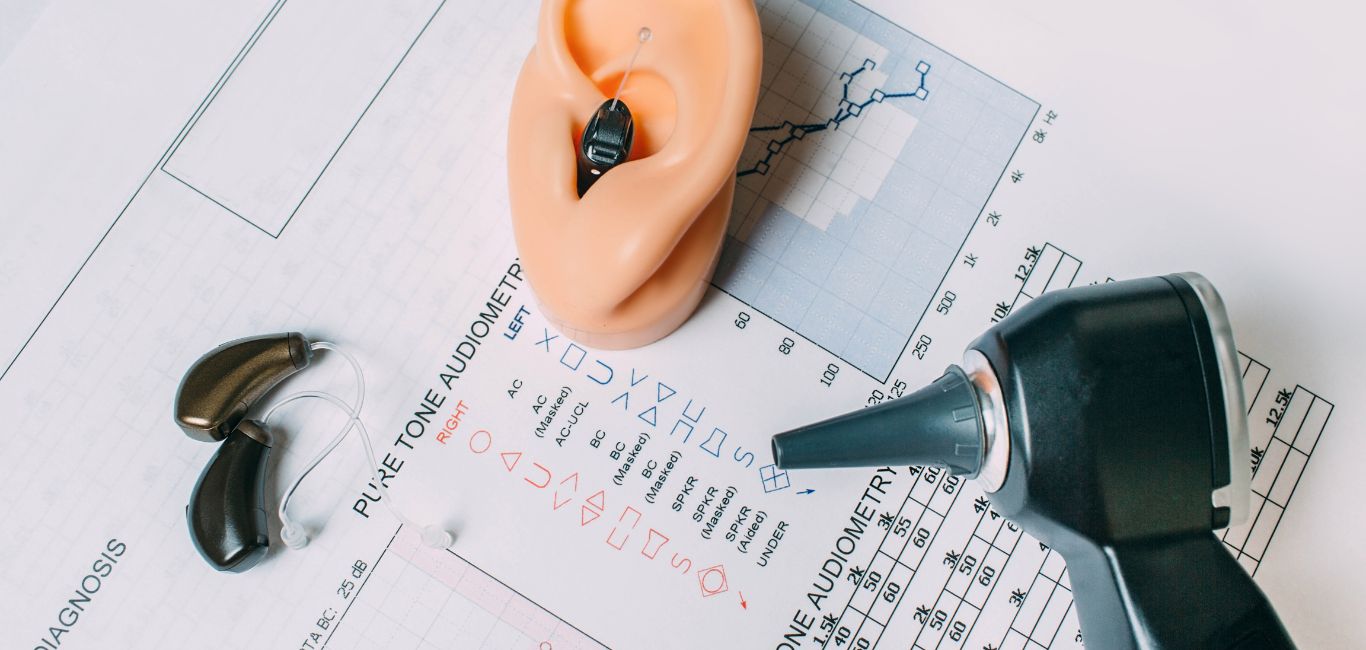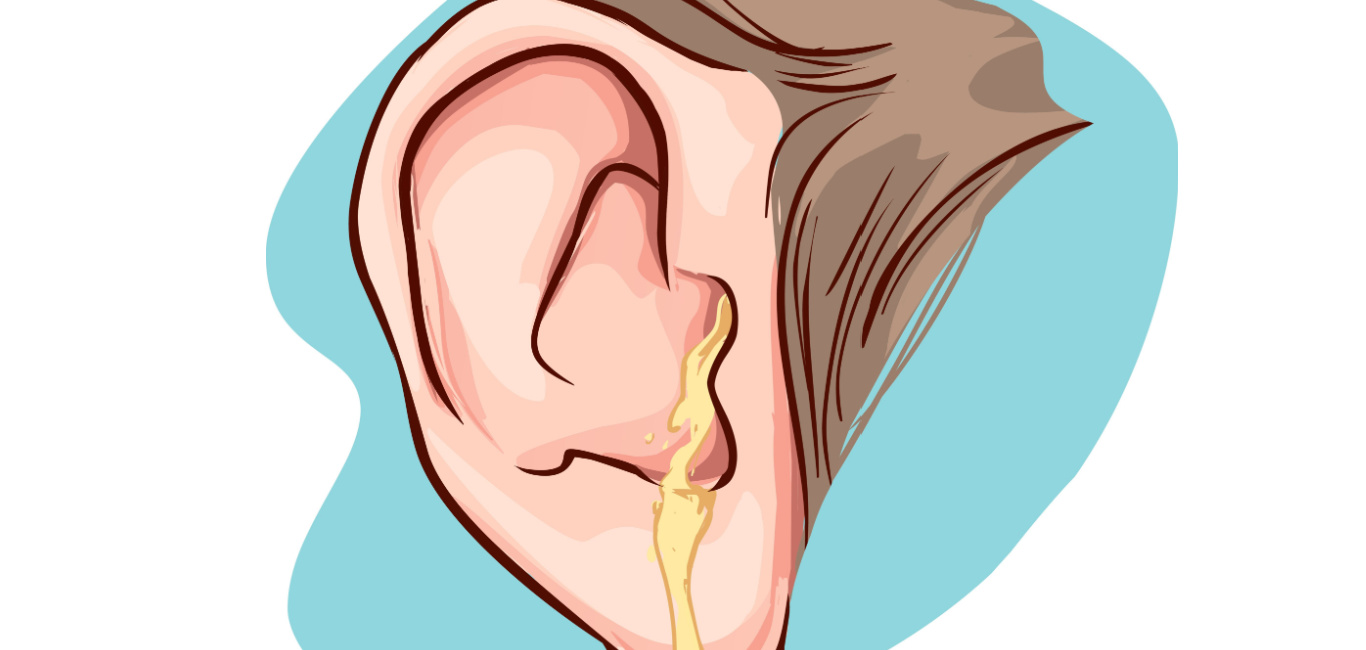
Conductive hearing loss is a type of hearing impairment that occurs when sound waves are unable to travel efficiently through the ear canal to reach the inner ear. This can result in a decrease in the volume of sounds heard, making it difficult for individuals to perceive sounds clearly.
The conductive the external ear, known as the pinna. Dr H K Susheen Dutt, senior consultant and ear, nose and throat specialist, Fortis Hospital, Bengaluru, explains how we hear sounds or speech around us and how it can be missed due to conductive loss.
The pinna or the outer ear collects sound and directs it through the ear passage to the eardrum. Deep in the eardrum are three small bones of hearing together called ossicles. The mechanism of conveying sound from the pinna to the ossicles is conductive in nature.
Among the ossicles is stapes, the smallest bone in the human body. “The neural mechanism of hearing begins at the inner ear. A junction is formed between the conductive and neural mechanisms by the footplate of the stapes,” he says. Hearing loss occurring up to the footplate is termed conductive, while it transitions to neural beyond the footplate.
Pune-based teacher Akshaya Shetty, 35, had not given a thought to her ears or their functioning until a few months ago when she noticed something strange happening with her hearing.
“It all started gradually; I began struggling to hear clearly, especially in my left ear. It was as if someone had turned down the volume in that ear,” she says describing her experience to Happiest Health.
Symptoms
Symptoms of conductive hearing loss typically manifest as difficulties in hearing. Dr Dutt says the condition may affect one ear (unilateral) or both ears (bilateral). In cases of unilateral conductive hearing loss, individuals may notice an inability to hear in one ear, particularly if the other ear has normal hearing.
Those experiencing bilateral conductive hearing loss face communication difficulties in various situations. They struggle to hear and interact with others during conversations and discussions.
Dr Apoorva Reddy, senior ENT specialist, Kamineni Hospitals, Hyderabad, lists common signs of conductive hearing and says the other symptoms can vary.
- Muffled or reduced hearing or perception of sound
- Difficulty hearing soft sounds
- Trouble to grasp speech, especially in noisy environments
- Ear pain or discomfort
- Feeling of fullness in the ear
- Tinnitus (ringing or buzzing in the ear)
Causes
Several factors can lead to conductive hearing loss. Dr Dutt lists a few causes:
- Otorrhea: Infections leading to discharge from the ear
- Ear wax (cerumen impaction): Accumulation of earwax in the ear canal can obstruct sound waves and result in hearing loss.
- Tympanic membrane perforation: A tear or hole in the eardrum can disrupt its function and cause conductive hearing loss.
- Ossicular chain disruption: Damage or destruction of the ossicles in the middle ear can impede the transmission of sound to the inner ear.
- Otosclerosis: Abnormal bone growth in the middle ear, particularly around the stapes, can limit its movement and affect hearing.
- Atelectasis: Ossicles can get immobile or fixed, hindering their normal vibration and affecting the conduction of sound in the ear.
- Microtia and atresia:Underdeveloped outer ear conditions like microtia and absence of the ear canal conditions like atresia can cause conductive hearing loss.
- Anotia: Absence of the entire external ear structure can lead to a lack of sound collection.
- Anosmia: A complete absence of the olfactory sense or perception of smell sometimes accompanies hearing loss.
These common causes can lead to various degrees of conductive hearing impairment. Identifying the specific underlying issue is crucial for giving the condition the appropriate treatment.
Diagnosis
Diagnosing conductive hearing loss involves a comprehensive evaluation by an audiologist or an ENT specialist. The following diagnostic methods may be employed, says Dr Reddy:
- Audiometry: A hearing test measures the ability to hear various sounds and tones.
- Tympanometry: This assesses the movement of the eardrum in response to changes in air pressure, helping identify issues in the middle ear.
- Physical examination: Experts conduct an examination of the ear canal and eardrum to detect abnormalities or infection.
- Imaging studies (CT scans or MRIs): These help to identify structural problems or tumours.
The treatment
Treatment options for conductive hearing loss depend on the underlying cause. Dr Dutt explains a few common approaches:
- Removing earwax: Removing excess earwax can often restore normal hearing.
- Surgery: In cases of otosclerosis or a perforated eardrum, surgical intervention may be recommended.
- Hearing aid: Doctors prescribe hearing aids to amplify sounds and improve overall hearing in cases of long-term or permanent hearing loss.
How a problem was solved
Returning to Akshaya Shetty’s hearing problem, she says, “I decided it was time to do something about it and booked an appointment with an audiologist.” After tests, her doctor told her that she was suffering from conductive hearing loss. The underlying cause for it was a buildup of earwax in her left ear – or cerumen impaction.
“My doctor assured me it was a common issue and suggested removing the earwax to see if it improved my hearing,” Shetty says.
After the ear was cleared of wax, Shetty underwent a follow-up audiometry test. Now she was able to hear things better but had to do a few periodic check-ups. “I was asked to do proper ear hygiene practices to prevent future [accumulation of wax]. This included avoiding the use of cotton swabs,” she says.
Risk factors
Conductive hearing loss can affect individuals of all ages, with older adults being more susceptible to certain causes such as otosclerosis.
Various factors increase the risk of conductive hearing loss. According to Dr Reddy, untreated or recurring ear infections can result in persistent impairment, while exposure to loud noises without proper protection in certain occupations poses a risk. “Genetic factors may contribute to structural abnormalities, and trauma can cause damage, leading to hearing impairment.”
The takeaway for conductive hearing loss
Conductive hearing loss is often treatable. The generally positive outlook for individuals with this problem improves, especially when identifying and addressing the underlying cause immediately. With appropriate treatment, people can experience significant improvement in hearing.
Understand the difference between conductive hearing loss and sensorineural hearing loss.

















